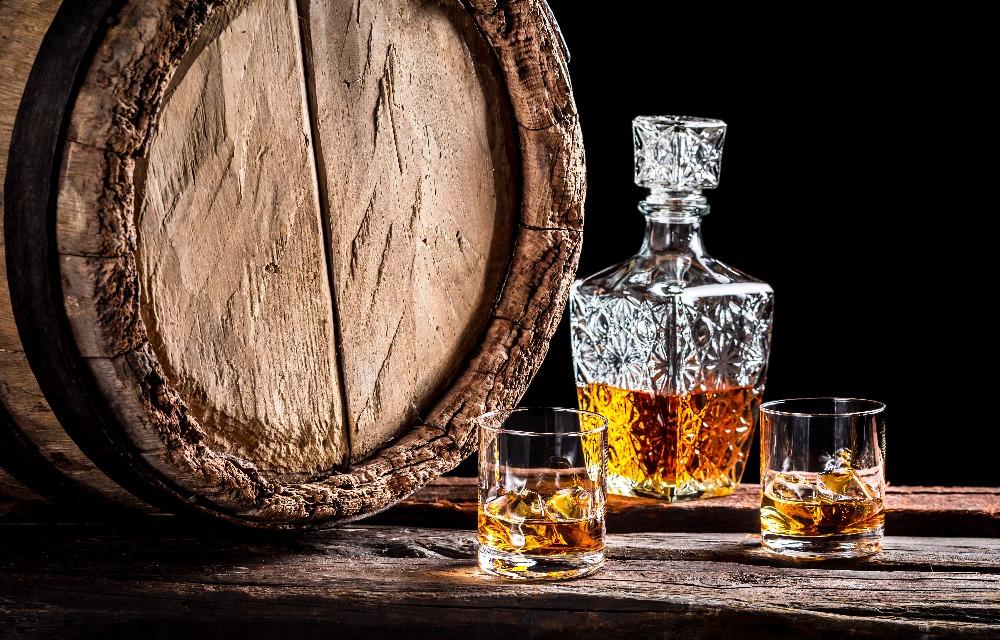
Exploring the World of Whisky
Manufacturing Process, Quality Criteria, and Maturation
The Manufacturing Process:
1. Malting and Grinding the Grain: It all begins with the meticulous selection of grains. Traditionally, barley is often used, but other cereals like rye and corn also come into play. The grains are then malted to trigger germination, releasing enzymes necessary for converting starch into fermentable sugars. After that, they are ground to create a coarse powder called "grist."
2. Mashing: The grist is mixed with hot water to extract sugars. This process creates a sweet liquid called "wort." Multiple mashings may be conducted to maximize sugar extraction.
3. Fermentation: The wort is transferred to fermentation vessels, where yeast is added to transform sugars into alcohol. This process gives rise to a liquid called "wash" or "malt beer," with a low alcohol content.
4. Distillation: The wash is then distilled in stills. Distillation is usually done in two or three passes to increase alcohol purity. Stills and distillation methods vary by region, contributing to the diversity of whisky flavors.
5. Aging in Barrels: Newly distilled whisky is placed in wooden barrels, often oak. This is where the magic happens. The wood imparts characteristic aromas, flavors, and color to the whisky. The time spent in the barrel is crucial for developing the whisky's character.
Recognizing a Good Whisky:
1. Complexity of Flavors: A good whisky offers a complex palette of flavors that evolve as you taste. Notes of fruit, vanilla, caramel, and woody elements can harmoniously mingle.
2. Balance: The balance between flavors, alcohol, and structure is essential. No element should dominate excessively.
3. Long Finish: Quality whisky leaves a lasting impression on the palate, with persistent flavors that evolve gradually.
4. Purity and Clarity: The clarity of the whisky and its lack of impurities often reflect the quality of distillation.
5. Maturation: The time spent in the barrel is crucial. Well-aged whisky gains complexity and refinement. However, this also depends on individual preferences, with some preferring younger and more dynamic whiskies.
The Age of Whisky:
The age of a whisky is often indicated on the label and represents the time spent in the barrel. Older whisky is not necessarily always better, as quality depends on various factors, including the type of barrel and storage conditions. Some younger whiskies can also offer an exceptional experience.
In conclusion, the world of whisky is a sensory and gustatory exploration. Appreciating a good whisky goes beyond tasting; it's an immersion into history, terroir, and the craftsmanship of distillers. The next time you savor this precious elixir, take the time to appreciate each note, each nuance, and savor the history contained in every drop. Cheers!
